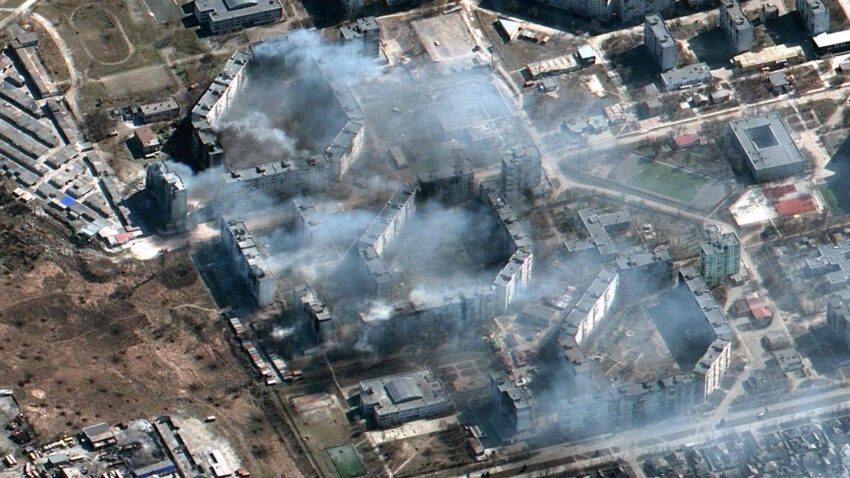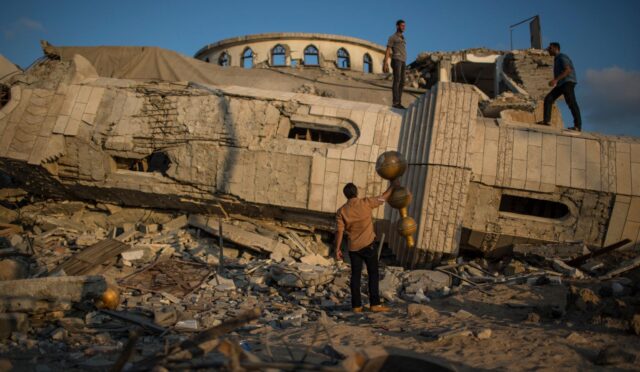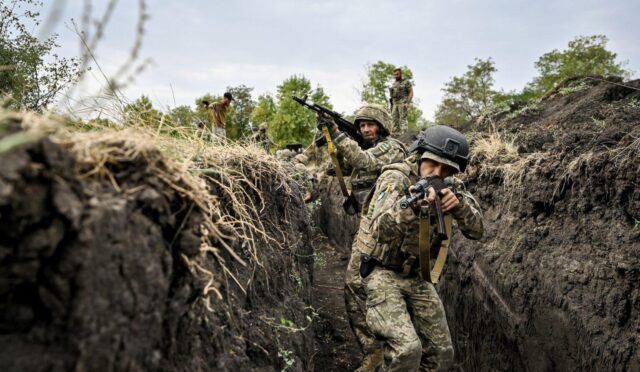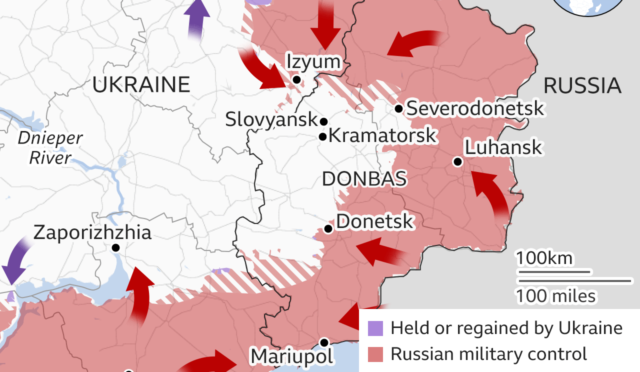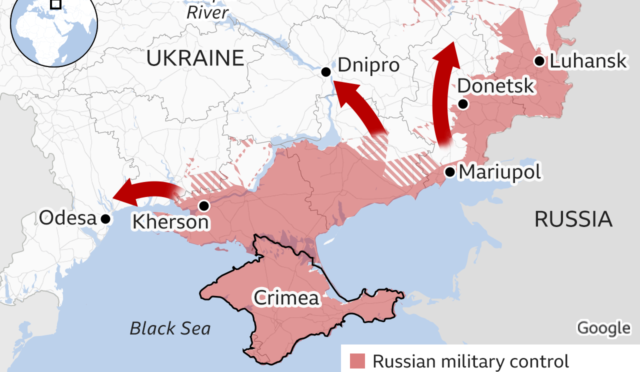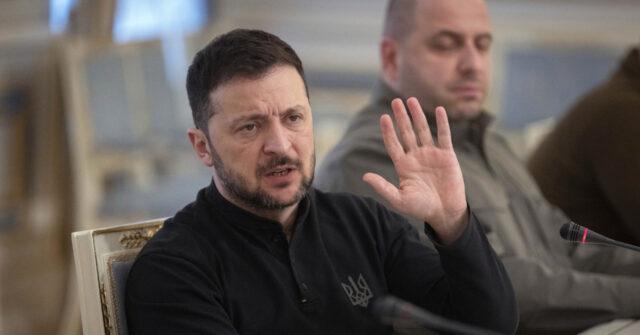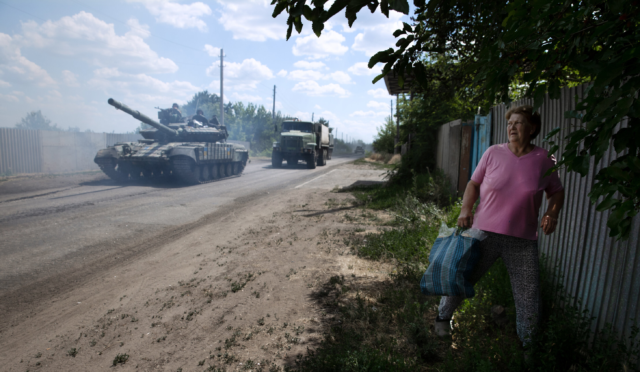Ukrainian Aerial Attack Strikes Deep into Russian Territory
In a significant escalation of hostilities, Ukraine launched its most extensive aerial assault on Russian territory since the onset of the nearly three-year conflict, as announced by Kyiv on Tuesday. This operation targeted strategic factories and energy installations located hundreds of miles from the current frontline, demonstrating a bold shift in Ukraine’s military strategy.
The Russian military responded by accusing Ukraine of employing US and British-supplied missiles in one of these strikes, vowing that such actions would not go unanswered. This attack marks a notable development in the ongoing war, with both nations ramping up their military operations ahead of the upcoming inauguration of US President-elect Donald Trump.
Impact on Russian Infrastructure and Civilian Life
The repercussions of the aerial assault were swiftly felt, with the Russian authorities reporting closures of schools in the southwestern Saratov region. Furthermore, at least nine airports in central and western Russia were forced to temporarily suspend operations following the strikes.
Roman Busargin, the governor of Saratov, labeled the attack as “massive,” revealing that schools in Saratov and Engels transitioned to online classes due to safety concerns. Interestingly, just a day prior, local firefighters had extinguished a fire at an oil depot in Engels, struck by a Ukrainian drone, highlighting the persistent threat posed by aerial attacks.
Strategic Targets Hit Across Russian Regions
According to Ukraine’s General Staff, this extensive military operation involved strikes reaching distances of up to 1,100 kilometers (approximately 700 miles) deep into Russian territory. Targets included military facilities in the Bryansk, Saratov, and Tula regions, along with the Republic of Tatarstan, showcasing Ukraine’s ability to penetrate deep into enemy lines.
Among the critical facilities hit were a chemical plant responsible for producing rocket fuel and ammunition for the Russian army, as well as an oil depot near a Russian airbase and an oil refinery. These strikes underscore Ukraine’s intention to disrupt Russia’s military supply chains and energy infrastructure.
Ukrainian Drones and Missiles Target Key Locations
In Tatarstan, a Ukrainian drone successfully struck a gas storage tank, resulting in significant flames and thick smoke visible near Kazan. This attack was reported by local media, which also shared images depicting the aftermath of the strike, further illustrating the scale of destruction caused by the recent aerial offensive.
Meanwhile, Russia’s defense ministry claimed to have intercepted six US-supplied ATACMS missiles and six British Storm Shadow cruise missiles during the assaults in the Bryansk region. However, Ukraine asserted that it had successfully targeted a chemical plant located over 100 kilometers from the border, responsible for producing munitions for the Russian military.
Military Operations Continue Amid Ongoing Conflict
The Ukrainian military reported that its drones effectively diverted Russian air defenses, allowing missiles to reach their intended targets. Ukraine has consistently aimed its strikes at military and energy sites within Russia, framing these attacks as just retaliation for ongoing Russian assaults on its own energy infrastructure since the invasion began in February 2022.
The Ukrainian army has pledged to maintain a systematic offensive against the Russian military-industrial complex until the aggression against Ukraine ceases entirely, signaling a determined commitment to countering Russian advances.
Challenges on the Frontline for Ukrainian Forces
Despite the recent successes in aerial operations, Ukraine’s forces face increasing challenges along the frontline, particularly in the eastern Donetsk region. Officials in Pokrovsk, a city that has become a focal point for Russian aggression, reiterated urgent calls for remaining residents to evacuate as the situation deteriorates.
Before the conflict escalated in February 2022, Pokrovsk had a population of approximately 60,000. Recent Russian advances have prompted the closure and evacuation of personnel from a critical coal mine in the vicinity, underscoring the severe implications of the ongoing military engagements.
Russian Claims of Territorial Gains
In a separate development, Moscow announced the recapture of two Ukrainian villages in the eastern Donetsk region—Neskuchne and Terny—which had earlier been regained by Kyiv. This news represents a symbolic setback for Ukraine amid ongoing battles.
The Russian defense ministry emphasized the strategic importance of the area surrounding Neskuchne, which serves as a vital logistics hub for Ukraine. Released footage purportedly showed air strikes targeting previously devastated structures, highlighting the continuous cycle of destruction and counter-destruction on the battlefield.
